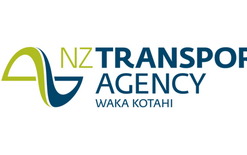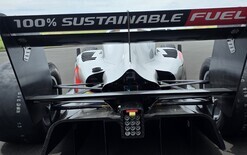Aussie sales top one million

Sales of new vehicles in Australia broke through one million units last year.
Total registrations across the Tasman came in at 1,049,831 in 2021 for a 14.5 per cent increase on 2020’s total.
The Toyota Hilux, pictured, succeeded over there where it failed in New Zealand by taking out the most-popular model crown with 52,801 sales.
Tony Weber, chief executive of the Federal Chamber of Automotive Industries (FCAI), says that in the context of Covid-19 restrictions limiting access to dealerships and international supply issues, the country’s new-vehicle market remains positive.
“Despite the pandemic restricting access to showrooms in 2021, Australians found ways to purchase new vehicles and did so in solid numbers,” he adds.
“The global shortage of microprocessors impacted on the number of cars sold and automotive manufacturers are working to strengthen supply chains in 2022.”
There were 221,556 passenger vehicles sold across the ditch in 2021, which was a decrease of 0.2 per cent on 2020. Sales of light commercials climbed by 23.2 per cent to 253,254.
“The preference for SUVs and light commercials continued to increase throughout 2021,” says Weber. “A total of 531,700 SUVs were sold for a 16.9 per cent increase on 2020.”
The top 10 best-selling models in Australia during 2021 were the Toyota Hilux – 52,801 units, Ford Ranger – 50,279, Toyota RAV4 – 35,751, Toyota Corolla – 28,768, Toyota LandCruiser – 26,633, Hyundai i30 – 25,575, Isuzu D-Max – 25,117, Mazda CX-5 – 24,968, Toyota Prado – 21,229 and Mitsubishi Triton – 19,232.
Toyota was the highest-selling brand of the year with 223,642 registrations for a 21.3 per cent of share of Australia’s overall market.
Second place was claimed by Mazda with 101,119 units for 9.6 per cent, while Hyundai was third with 72,872 and 6.9 per cent.
In fourth place was Ford with 71,380 vehicles sold for a 6.8 per cent market share. Kia rounded off the top five with 67,964 and 6.5 per cent.
Electric vehicles (EVs) notched up an Australian increase in sales of 191.1 per cent last year on 2020 figures.
“While this number may appear impressive, it’s important to note overall EV sales as reported through VFACTS account for just 0.49 per cent of the total market share,” says Weber.
“In this context, we must recognise the policy objective should be to lower our CO2 emissions rather than meeting sales targets of particular types of technology.
“The FCAI maintains the need for national leadership in the form of a technology agnostic and an achievable emissions reduction target.”
He notes this is consistent with the FCAI’s voluntary CO2 emissions standard for Australia’s new-vehicle industry, which was released in 2021.
Weber adds: “Give us the target and we will give you the technology mix to get there.”





